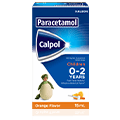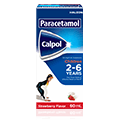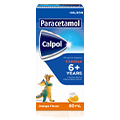

Paracetamol (Calpol®) for Children 0-2 Years Old

Paracetamol (Calpol®) for Children 2-6 Years Old

Paracetamol (Calpol®) for Children 6-12 Years Old

PanaCool
Compare Now (0/4)
- Product
- Format
- Age
- Key Features
- Ingredients

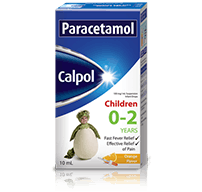
Paracetamol (Calpol®) for Children 0-2 Years Old
- Infant Drops Suspension
- 0-2 Years
- Fast & effective relief for fever and pain
- Paracetamol

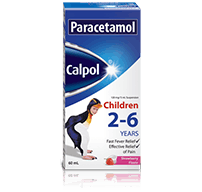
Paracetamol (Calpol®) for Children 2-6 Years Old
- Suspension
- 2-6 Years
- Fast & effective relief for fever and pain
- Paracetamol

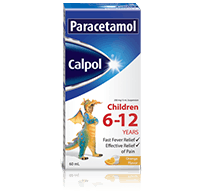
Paracetamol (Calpol®) for Children 6-12 Years Old
- Suspension
- 6-12 Years
- Fast & effective relief for fever and pain
- Paracetamol

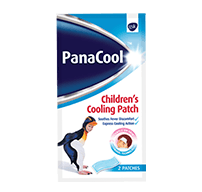
PanaCool Children's Cooling Patch
- Children's Cooling Patch
- 1-12 Years
- For express cooling action
- L-Methol, Tween 80, Sodium Polyacrylate, Glycerin, Tartaric Acid, Polyviny Alcohol, Sodium Polyacrylate Starch, Propylene Glycol, Methylparaben, Propylparaben, Polyvinylpyrrolidone, FD&C Blue No. 1, Purified Water
Minimise
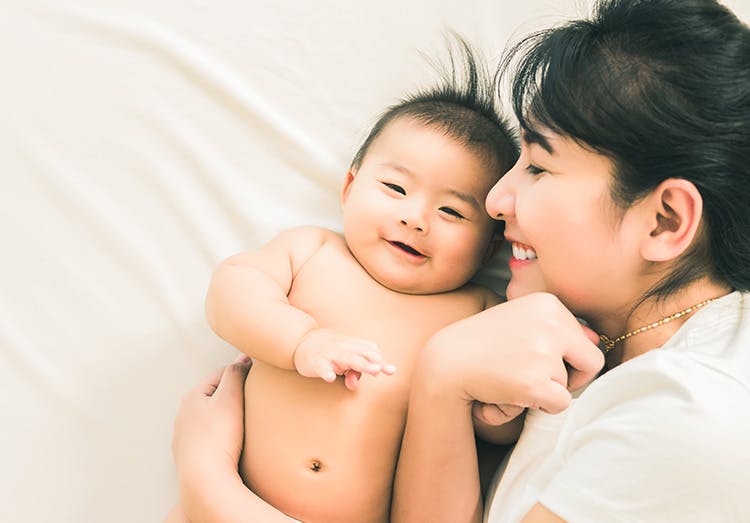
Fever
The normal body temperature is between 36.5°C and 37.5°C. In healthy kids, fevers usually don't indicate anything serious. While it can be worrying when your child's temperature rises, a fever can actually be a good thing — it's often the body's way of fighting infections that are triggered by germs such as the flu virus. High fever, however, can make a child very uncomfortable and worsen problems such as dehydration.
CHILDREN’S FEVER – WHEN TO SEE A DOCTOR
If your child has a temperature of over 37.5°C (measured orally), chances are your child has a fever. This is very common, and in most cases the symptoms will clear up on their own.79,80
Temperature taking
There are various ways to take children’s temperature and check for symptoms of fever:80
- Orally. The thermometer is inserted under the tongue, the mouth is closed and a reading is taken.
- Rectally. The thermometer is gently inserted into the rectum (child’s bottom) and a reading is taken.
- Armpits. The thermometer is placed under the armpit and the arm is held against the side of the body while a reading is taken.
- Ears. A digital thermometer is inserted into the ear and a reading is taken.
It is important to remember that the temperature can vary according to the part of the body where it is measured, so always take the temperature at the same site.
A fever is the body’s way of helping your child fight off infections and illnesses. It works by raising the temperature and making it difficult for bacteria and viruses such as the flu virus to thrive. You should seek medical help in managing the fever if your child:79-82
- is under six months of age and has baby fever
- has a high fever of over 40°C
- has convulsions
- acts very sick, or is lethargic and difficult to wake
- has a stiff neck, headache, rash, repeated vomiting or diarrhoea
- has a fever that has not changed in over two days
- has loss of appetite or stomach pain
- has earache
- has difficulty breathing
- cries inconsolably
If the doctor determines that a virus is causing your child’s fever, there is often no better treatment than plenty of rest and fluids. The doctor may also prescribe treatment for fever such as paracetamol, which can help to make your child feel more comfortable.81
Tips to treat fever at home
You can also make your child or infant feel more comfortable by:81
- dressing them in loose, light clothing
- giving them plenty of clear fluids
- giving them a lukewarm bath or bathing their forehead with a lukewarm sponge
Try not to use a cold sponge as this will have the opposite effect and actually raise their temperature.81

